
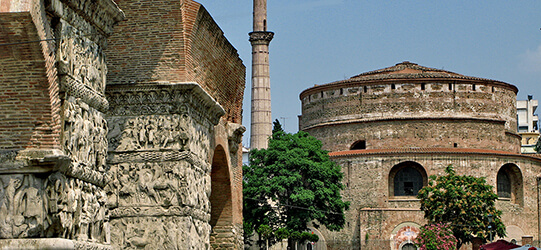
Thessaloniki itself never doubted its own cultural identity and its millennia of existence, it stands there since 315BC. No wonder it was chosen as the co-reigning city of the Byzantine Empire alongside Constantinople – to prove just that there are several Paleochristian monuments, constituting a Unesco World Heritage Site.
Historically one of Europe’s oldest and most multiethnic cities, Thessaloniki is home to architectural marvels that testify to its centrality in Byzantine, Ottoman and Sephardic Jewish history. The city is anchored by Aristotelous Square, where curved, columned facades open to the waterfront in one direction and frame views of the historic Ano Poli (Upper City) in the other.
Though it has only about one million people, compared with Athens’s five million, Salonika is widely considered the cultural capital of Greece. Festivals abound, most notably the International Film Festival and the Dimitria Festival which draw hoards of buffs to the city each October and November. It has also produced many of the country’s most acclaimed bands, visual artists and designers.
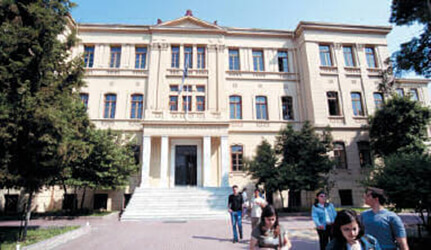
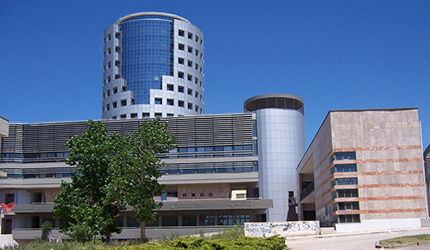
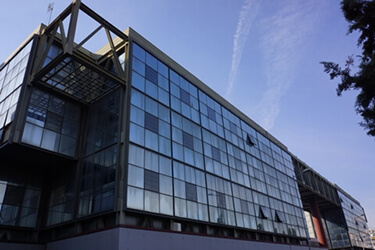
With a student-strong population of 150,000 (Aristotle University is the largest in the Balkans), Thessaloniki boasts an under-30s creative movement seen nowhere else in the recession-stricken home of ancient tragedy and democracy.
Exhibitions and Concerts can been installed and staged in known Byzantine, Ottoman and Jewish landmarks. Contemporary works that address the modern Mediterranean’s mesh of cultures can be found installed at Yeni Djami, a former mosque built for a community of converted Jews, at the Bey Hamam, an Ottoman-era bathhouse, in Alatza Imaret, a 15th-century Ottoman mosque and hospice once famed for its colorful minaret. 30 Museums extend to the metropolitan area, including the State Museum of Contemporary Art, which houses the Costakis Collection, one of the world’s best assemblages of Russian avant-garde art.
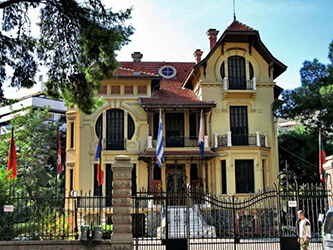


A wealth of Byzantine chapels, Ottoman architecture, crumbling synagogues, resonate at every turn.
Miraculously, most of these monuments survived the fire that ravaged the city in 1917. Ano Poli, the Upper Town and old Turkish Quarter, is all that remains of 19th century 'Thessaloniki'.
Fancy Mansions of the 1st quarter of the 20th century can be seen at the eastern part of the city with unique architectural elements that forms a characteristic Architectural style, housing cultural centres and exhibition halls.
Many Cultural multi function spaces are not only run and manned by hip and trendy cutting-edge alternative artists, they are also creative nuclei for the city’s cultural scene.
Thessaloniki is truly unique in the sense that it intricately marries its thousands-year-old multicultural heritage with cutting-edge art performances and cinematic avant-garde.
Find out more about Thessaloniki's history here.
























